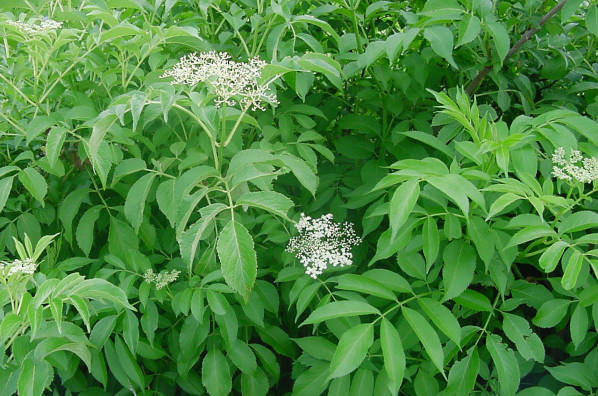Gray’s sedge is a native grass I planted two falls ago in the sloped corner of the front-most bed. I needed something that would take the rain run-off there and secure the corner of the bed against erosion, and I also wanted to add something that would spread out and give a diverse visual element to the bed which is full of big blooming things. This stays about a foot tall and it has spread from 6 plants to a solid cover on this corner. It’s got beautiful prickly blooms that I didn’t capture well here. It’s also a pollinator.
This fall I’ll likely transplant any new babies to other areas of the front gardens that need finishing off. It’s a terrific plant that has done well very easily and it overwinters beautifully to provide forage for birds through the winter season.
More info:
Carex grayi
- Phonetic Spelling
- KAIR-eks GRAY-eye
- Description
- A low maintenance rush or sedge in the Cyperaceae family. Works well on sites prone to erosion when using bioswales, also tolerates wet soils such as floodplains, swamps and bottomland forests.. Grows best in full sun but will tolerate light shade. The plant propagates by seeds in the fall or root division in the spring. It makes an excellent addition to a rain garden and is impactful in the landscape when planted in large groups. It can also be grown in containers. The Carex grayi seed heads are a wonderful unexpected pale-green with earmarks of being spiked clubs that have a long bloom time from spring to fall being attractive in both fresh and dried flower arrangements. If the dried fruits remain on the plant they add winter interest to the garden.Seasons of Interest:Bloom: Spring-Fall, May-October Fruit: Summer-WinterWildilfe Value: Tolerates damage by deer.Insects, Diseases, and Other Plant Problems: No insect or disease problems. It does not preform well in dry soils.























